Presby Septic System Vs Conventional
Presby septic system vs conventional. EnviroFin Septic System Treatment Under the Presby Hood The EnviroFin product uses a 10-stage treatment process to transform contaminated effluent into safe groundwater. However you can expect at least a 40 reduction in field size. This is a more cost effecti.
There are various types of raised bed systems. By utilizing simple yet effective natural processes the Presby Treatment System treats septic tank effluent in a manner that prevents suspended solids from sealing the underlying soil increases system aeration and provides a greater bacterial treatment area biomat than traditional systems. By utilizing simple yet effective natural processes the Presby Treatment System treats septic tank effluent in a manner that prevents suspended solids from sealing the underlying soil increases system aeration and provides a greater bacterial treatment area biomat than traditional systems.
Aerobic septic systems are a little more complex than conventional septic systems yes but certainly manageable. Also this system is easy enough to repair on your own. You need a lot of space for the liquid to drain.
Septic systems are most commonly found in rural areas due to the lack of connectivity to a centralized town or city waste treatment facility. Home size number of bedrooms and soil percolation rate measured in minutes per inch. The length and number of trenches this type of system requires depends on two key property factors.
We install large commercial or smaller residential systems. PCI has been installing septic systems for over 50 years. A sister to the conventional system is the chamber system.
A conventional gravity system is the simplest form of an onsite wastewater system and requires deep usable soil depths 30 inches. The size of a typical AES or Enviro-Septic System varies from state to state. A decentralized wastewater treatment system consisting of a septic tank and a trench or bed subsurface wastewater infiltration system drainfield.
Advanced Enviro-Septic creates an eco-system designed to simultaneously purify and disperse effluent after primary treatment by a septic tank. The system is sited to allow gravity to advance wastewater throughout the septic system.
Advanced Enviro-Septic is the next generation of our Enviro-Septic technology.
The second main method of wastewater disposal and treatment is the municipal sewer lines run by local governments. Enviro-Septic Technology can be used in many configurations and requires a smaller area than conventional leaching systems. There are three broad types of septic systems. Also this system is easy enough to repair on your own. A 10 length of Enviro-Septic pipe can be bent to 90 degrees allowing a variety of unusual system shapes such as curved trapezoidal L S or U-shaped. The length and number of trenches this type of system requires depends on two key property factors. The oldest and most common type of septic system is a conventional stone and pipe septic system. By utilizing simple yet effective natural processes the Presby Treatment System treats septic tank effluent in a manner that prevents suspended solids from sealing the underlying soil increases system aeration and provides a greater bacterial treatment area biomat than traditional systems. The chambers themselves can hold 3 or 4 times more water than the equivalent length of 4 pipe.
There are various types of raised bed systems. Advanced Enviro-Septic is the next generation of our Enviro-Septic technology. A 10 length of Enviro-Septic pipe can be bent to 90 degrees allowing a variety of unusual system shapes such as curved trapezoidal L S or U-shaped. 270 Non-Conventional System Configurations. The gravelstone drainfield is a design that has existed for decades. A conventional gravel system is comprised of a septic tank and drainfield. The oldest and most common type of septic system is a conventional stone and pipe septic system.





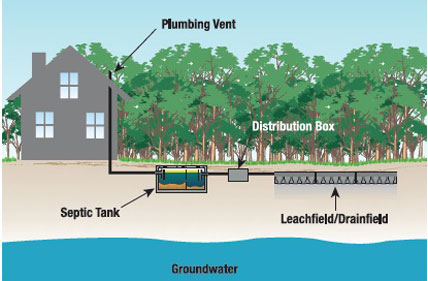






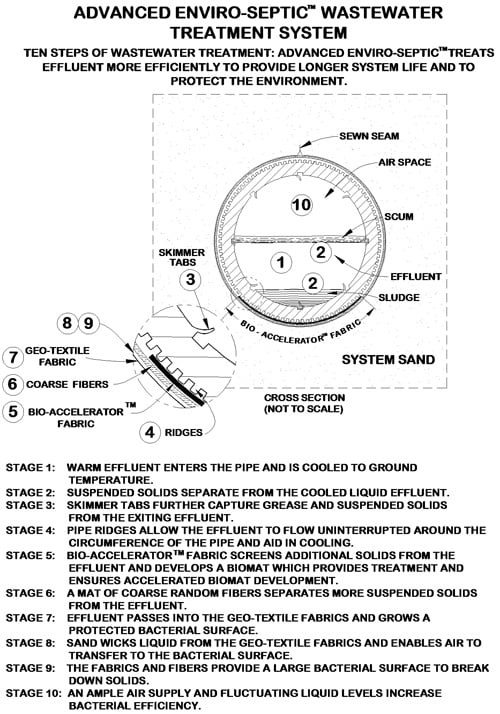


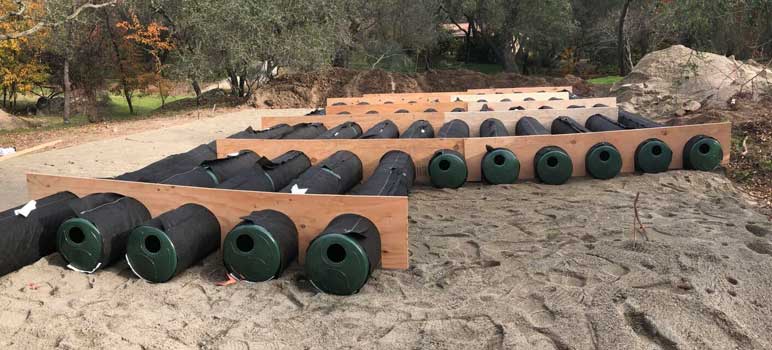
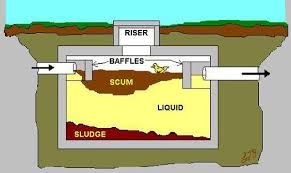

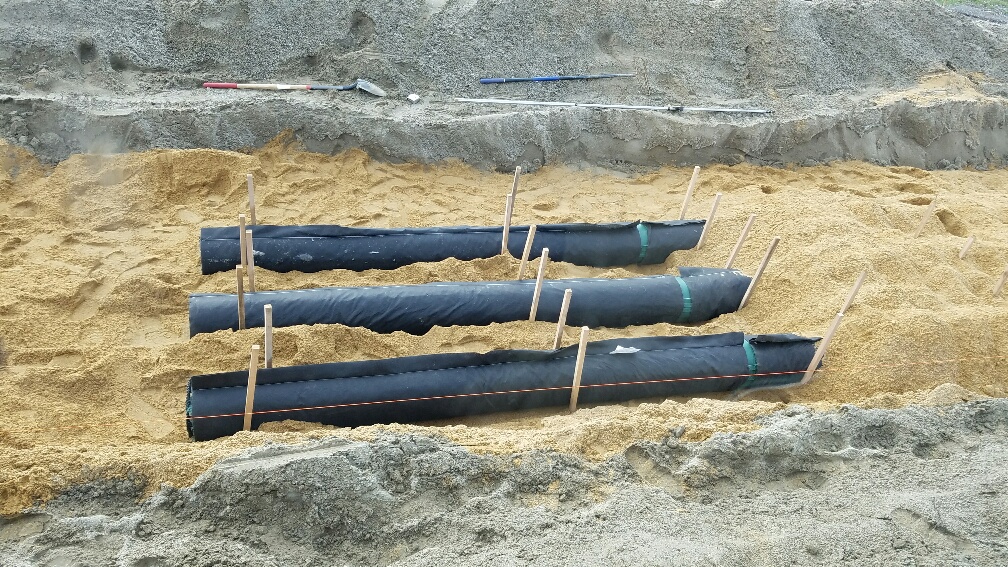


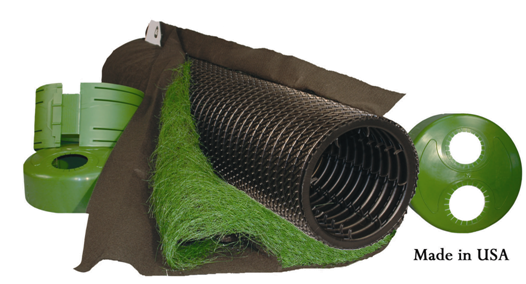


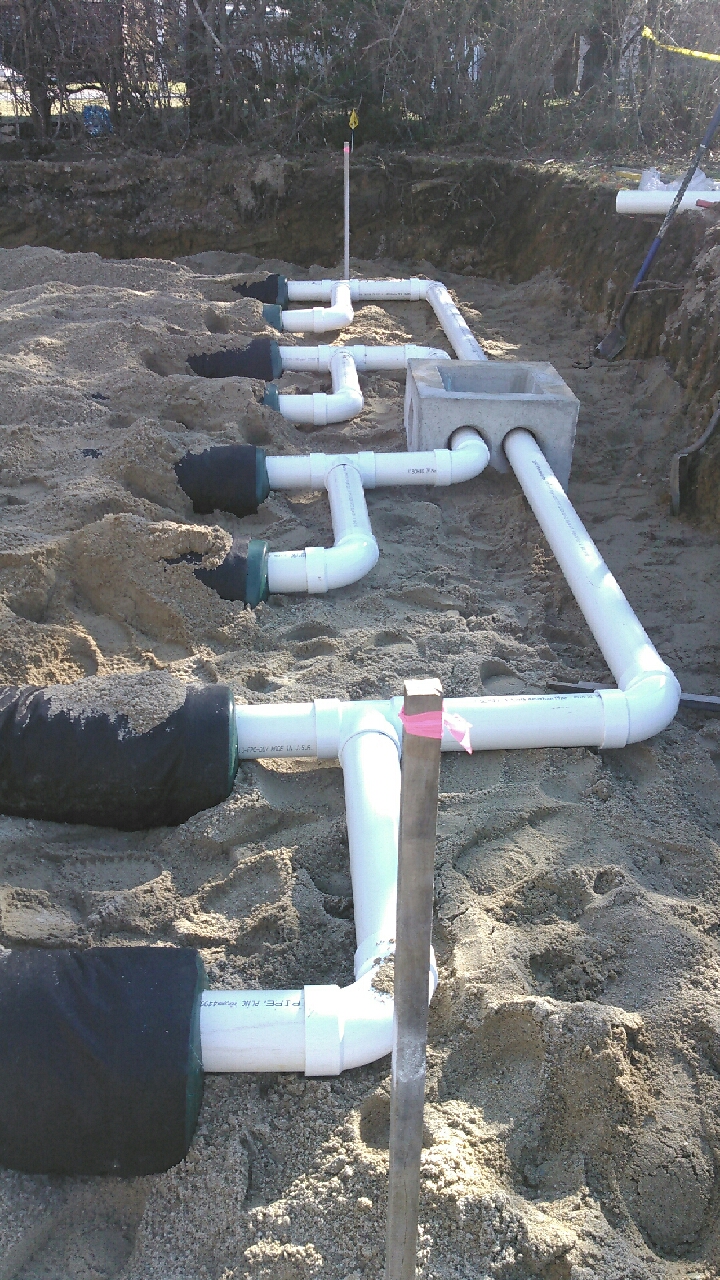



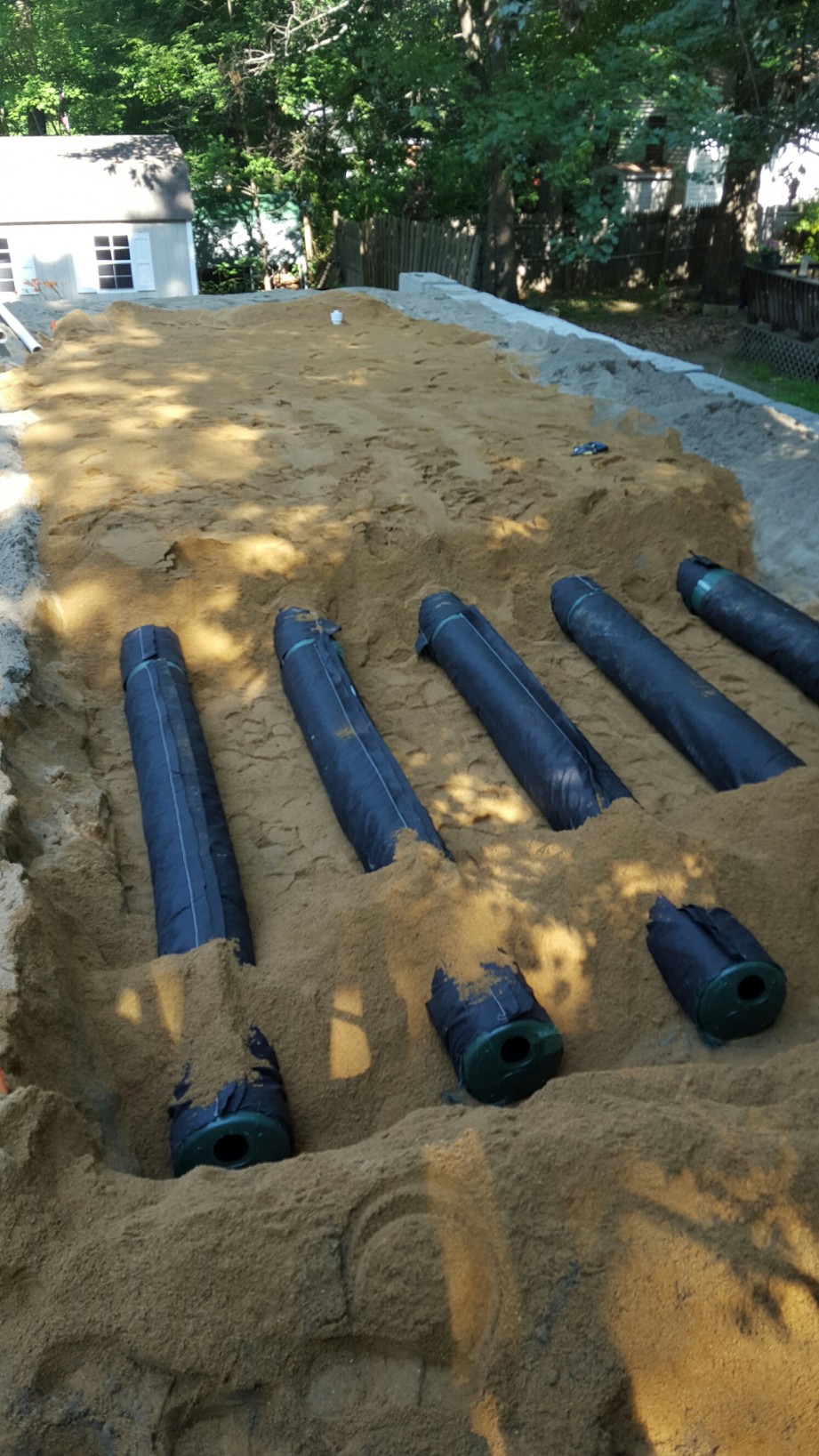


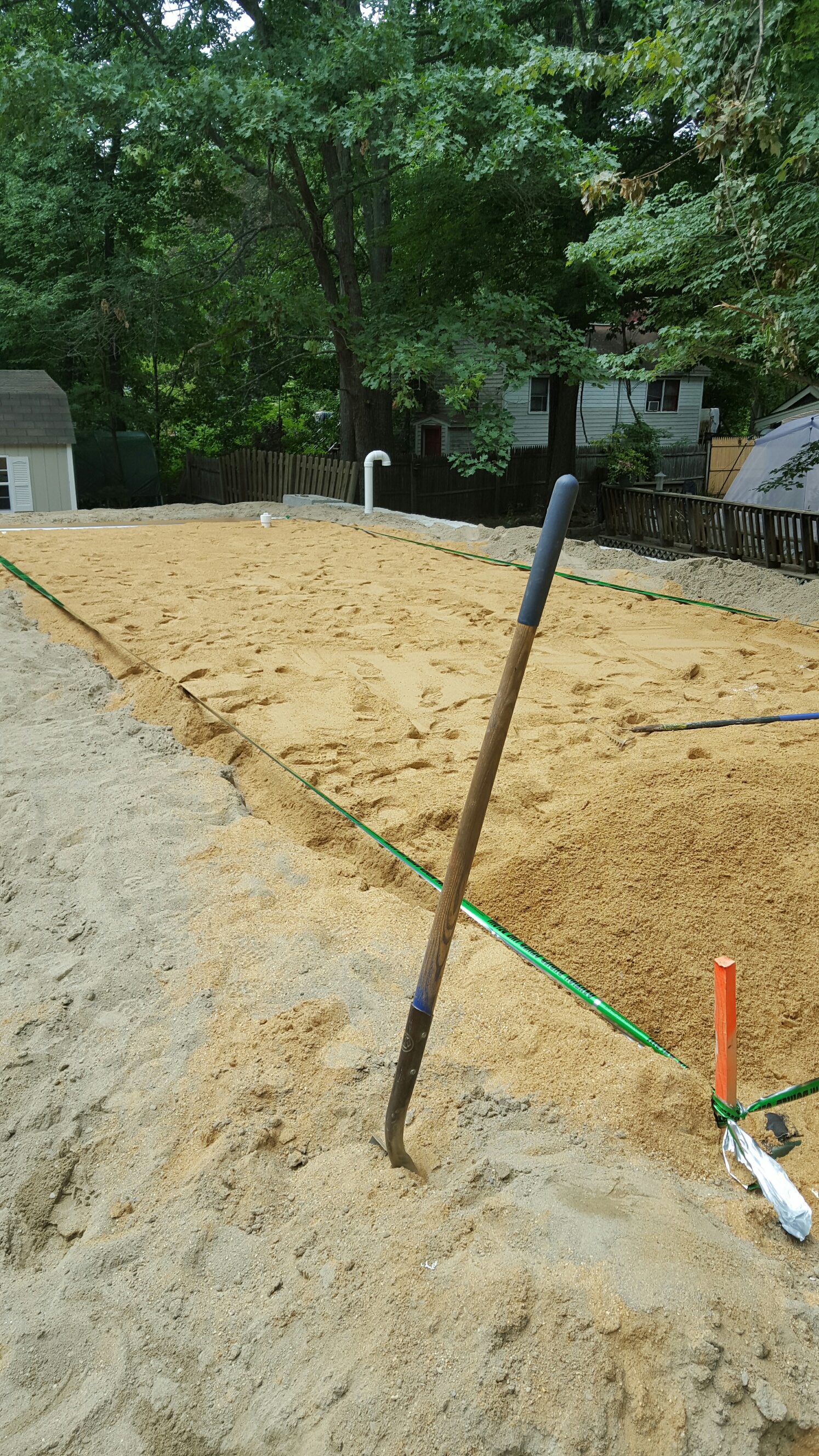



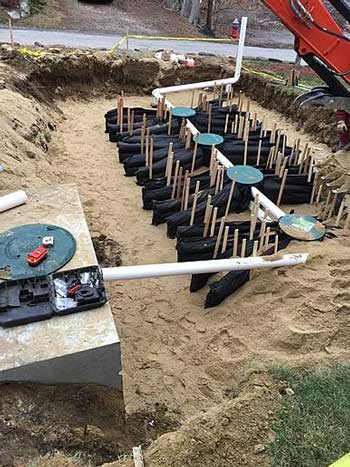

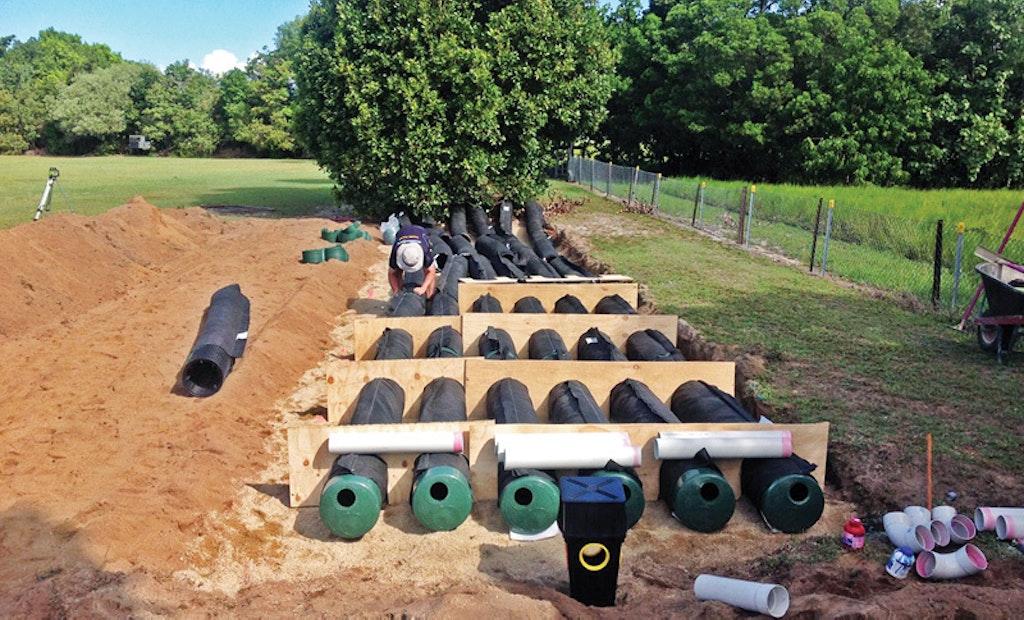
Post a Comment for "Presby Septic System Vs Conventional"